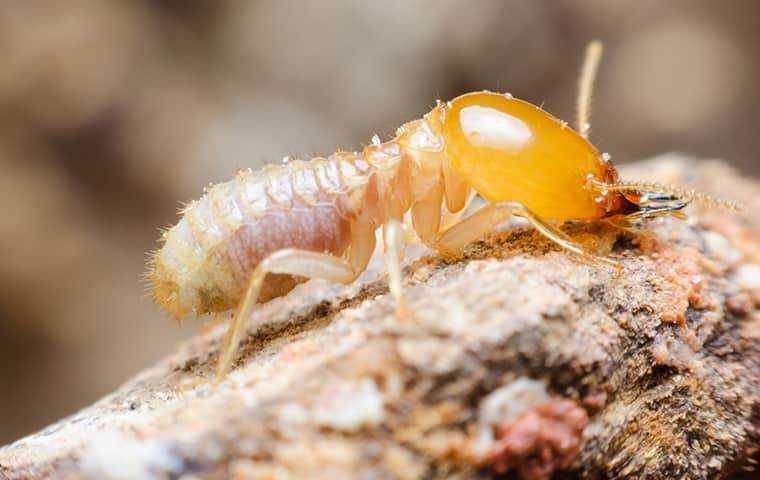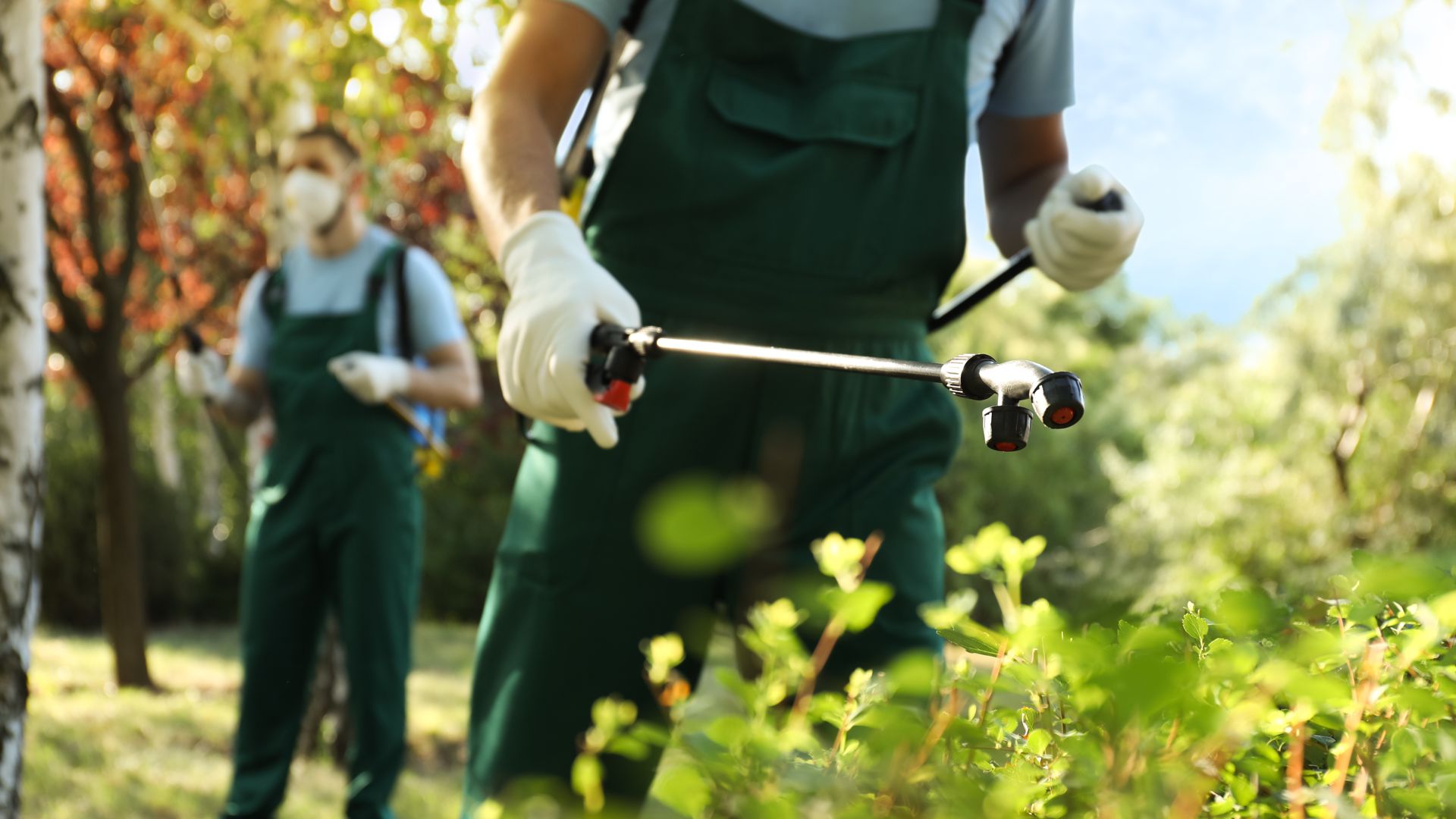
By staying informed about termite threats and taking proactive steps to protect their properties, homeowners in Katy can minimize the risk of termite infestations and preserve the integrity of their homes.
In Katy, Texas, there are primarily three common types of termites that homeowners may encounter:
- Subterranean Termites: These are the most common type found in Katy and throughout Texas. They live in underground colonies and build mud tubes to access above-ground food sources, like wooden structures in homes. Subterranean termites will cause significant damage to wooden structures if left untreated.
- Drywood Termites: While less common than subterranean termites in Texas, drywood termites still pose a threat to homes in Katy. They do not require contact with soil and can infest dry wood found in buildings. Unlike subterranean termites, they don't build mud tubes and instead create small openings in the wood where they live and feed.
- Formosan Termites: Formosan termites are a particularly aggressive species of subterranean termites. While they are not as widespread in Texas as in some other southern states, they can still be found in certain areas, including Katy. Formosan termites can cause rapid and extensive damage to structures due to their large colony sizes and voracious appetite for wood.
It's essential for homeowners in Katy to be vigilant for signs of termite infestation, such as mud tubes, discarded wings, or hollow-sounding wood, and to promptly address any infestations to prevent costly damage to their homes. Regular inspections by pest control professionals can help detect and prevent termite problems before they become severe.
Termites can be quite stealthy, but there are several signs you can look out for to detect their presence:
- Mud Tubes: Termites often build mud tubes along walls, foundations, and other surfaces to travel between their nests and food sources. These tubes are about the width of a pencil and can be found both inside and outside of structures.
- Discarded Wings: After swarming, termites shed their wings, leaving them behind near windowsills, doors, or other entry points.
- Damaged Wood: Termites feed on wood from the inside out, leaving behind hollowed-out or damaged wood. Tap on suspected wood with a screwdriver; if it sounds hollow, it could be infested.
- Bubbling or Peeling Paint: Termites produce moisture as they tunnel through wood, which can cause paint to bubble or peel.
- Piles of Frass: Frass is termite excrement, which resembles sawdust or tiny wood pellets. You may find it near termite nests or in areas where they are active.
- Noisy Walls: In severe infestations, you may hear clicking or tapping sounds coming from walls, as termites communicate with one another by banging their heads against wood.
- Sagging Floors or Ceilings: As termites weaken the structural integrity of wood, floors or ceilings may begin to sag or show signs of warping.
- Tight-Fitting Doors or Windows: Swollen wooden doors or windows that suddenly become difficult to open or close could indicate termite activity.
If you suspect a termite infestation, it's best to contact a professional pest control service for an inspection and treatment plan. Early detection and intervention can help prevent extensive damage to your property.
It is our recommendation at Swisher Pest Control that it is best to get ahead of the threat and get either the chemical barrier treatment or our termite baiting system before termites ever have a chance to invade your home. It is best to be proactive and protect your largest investment, your family’s home.
Swisher Pest Control
Samuel Q, Swisher
281-701-5317
www.swisherpestcontrol.com

